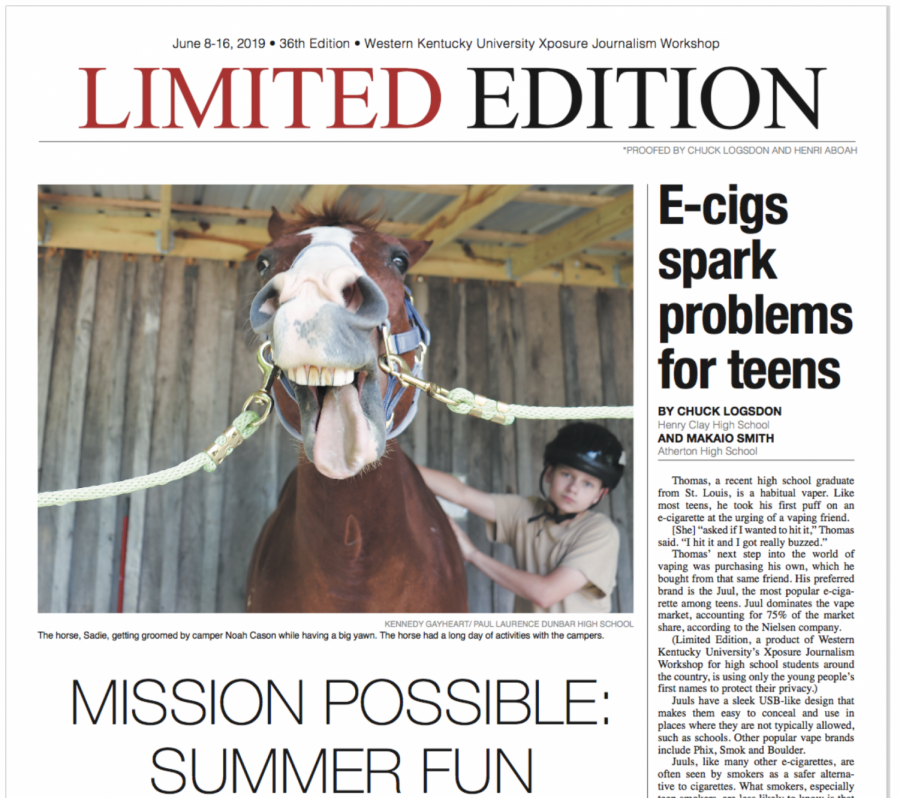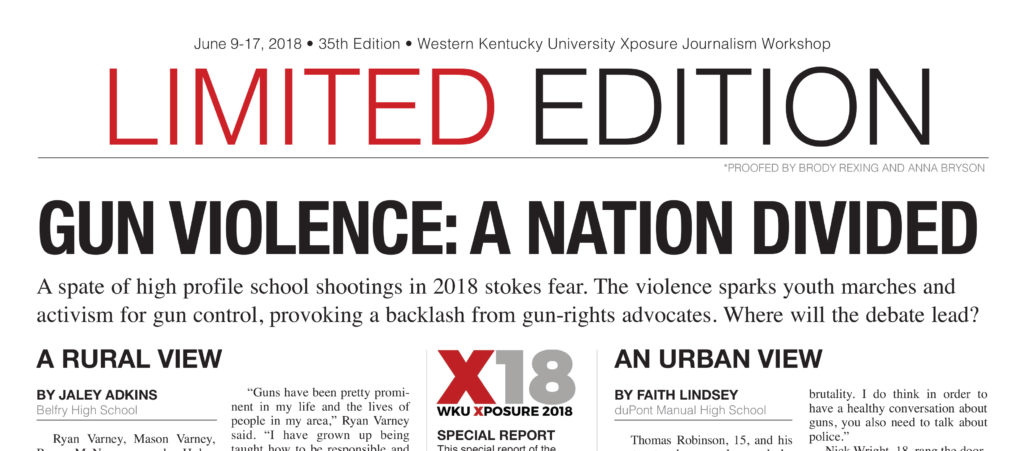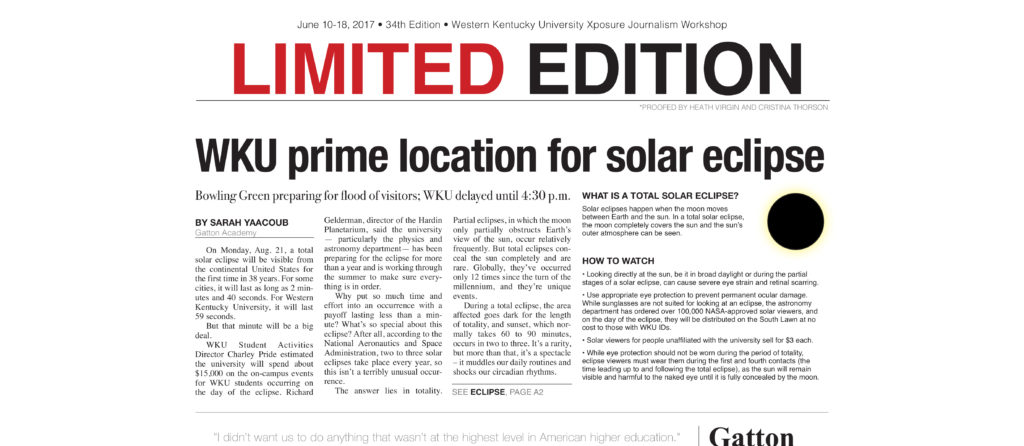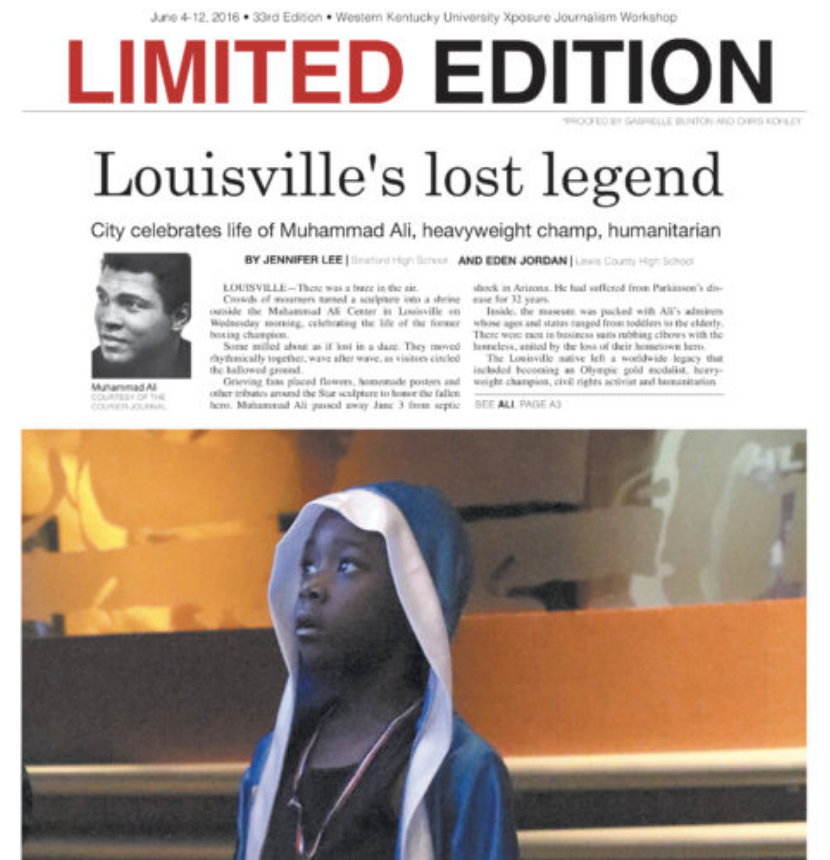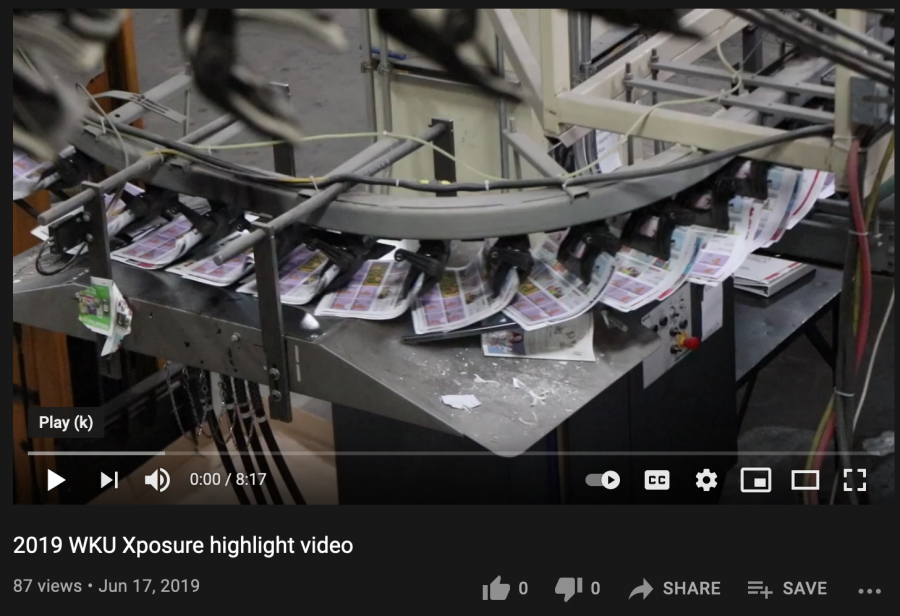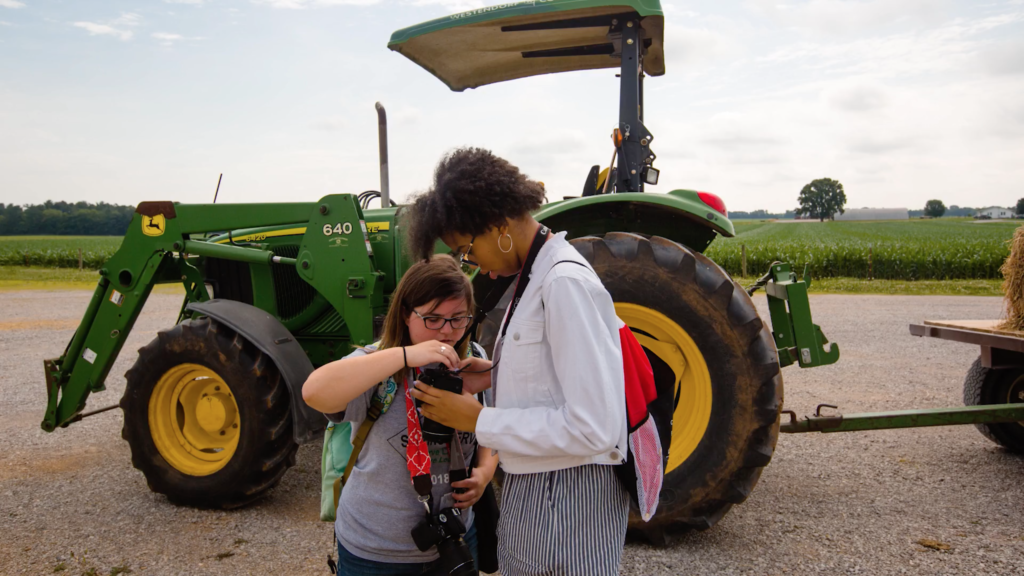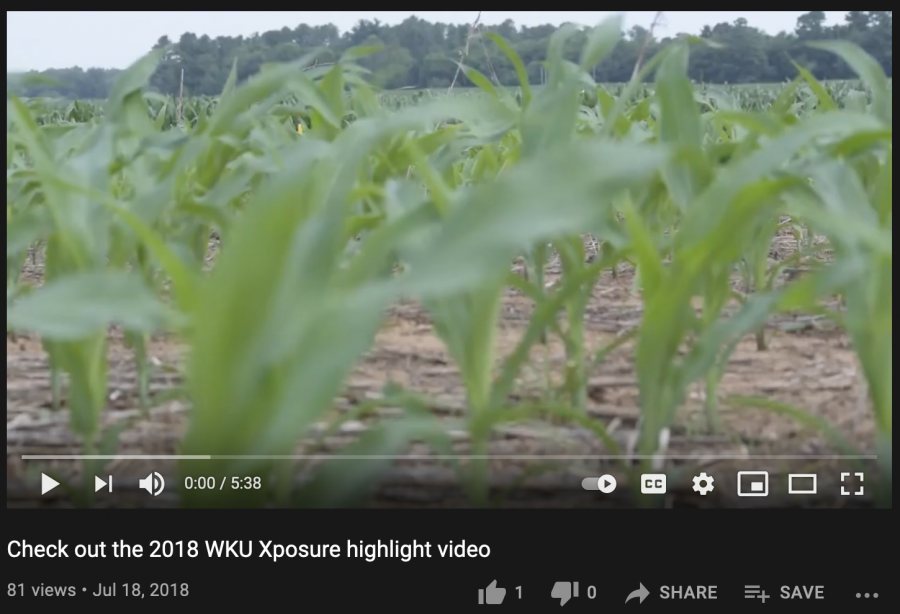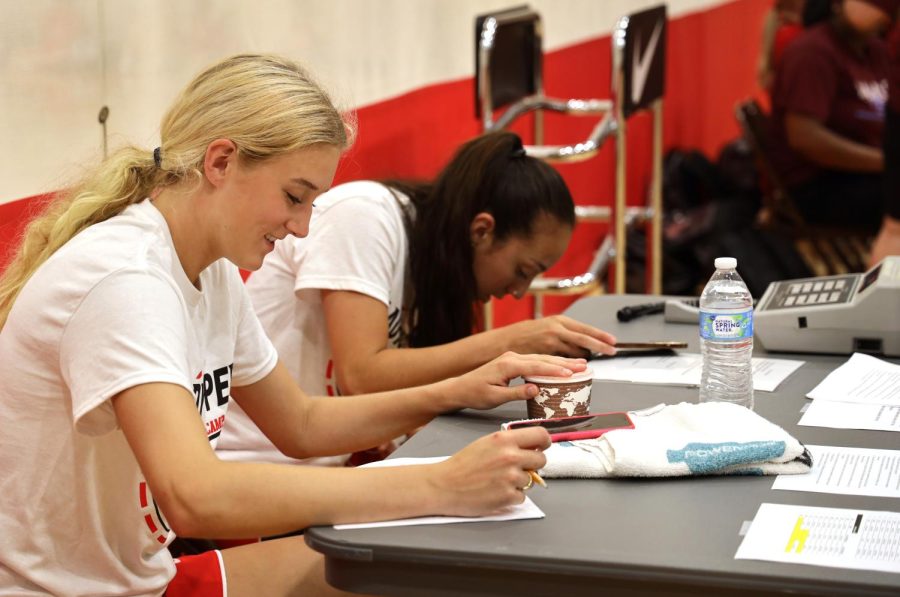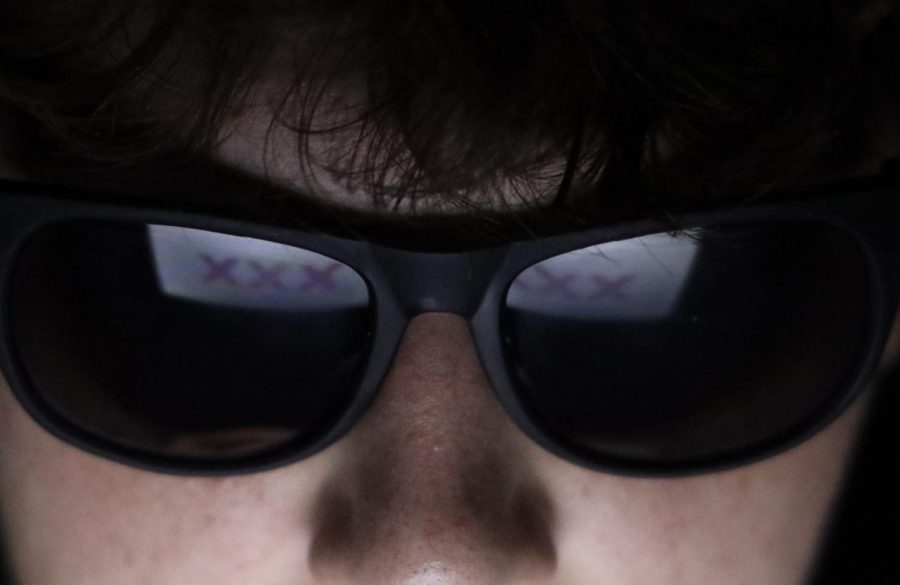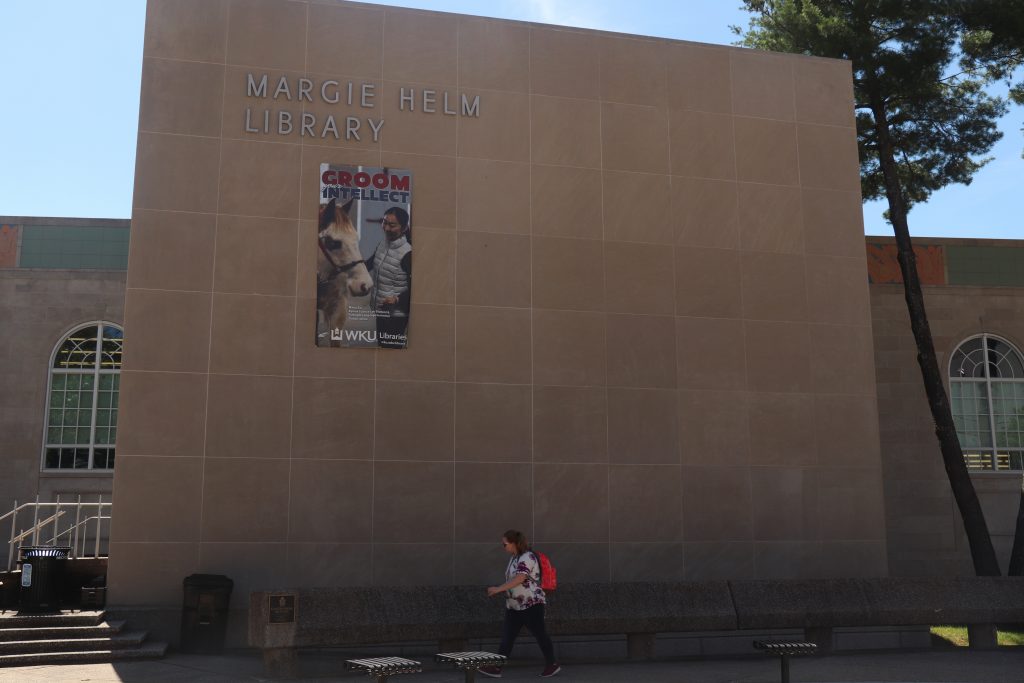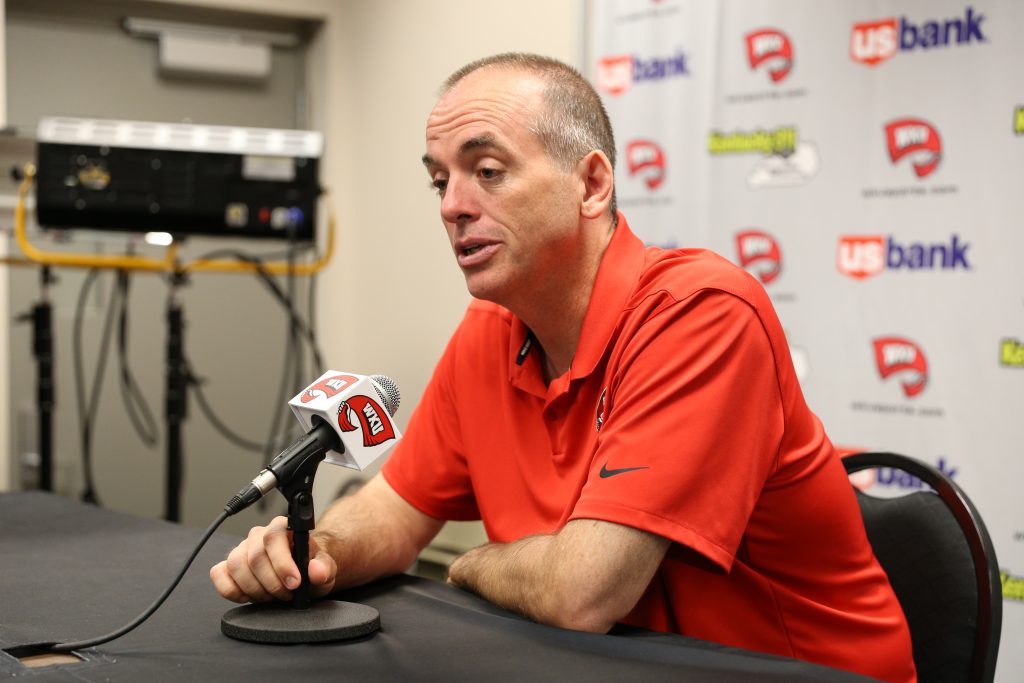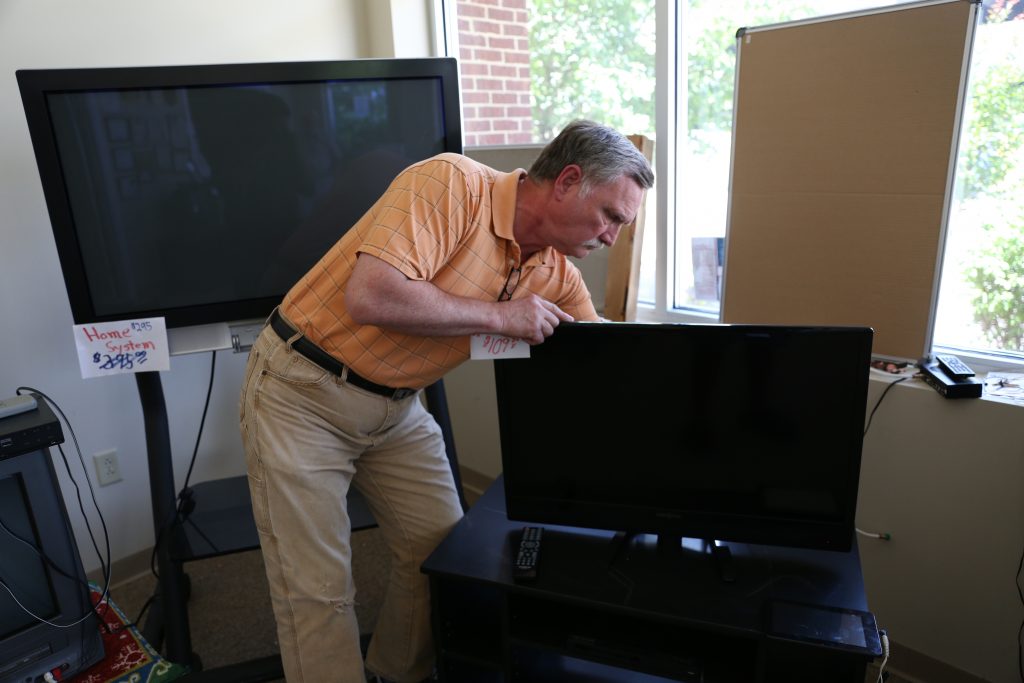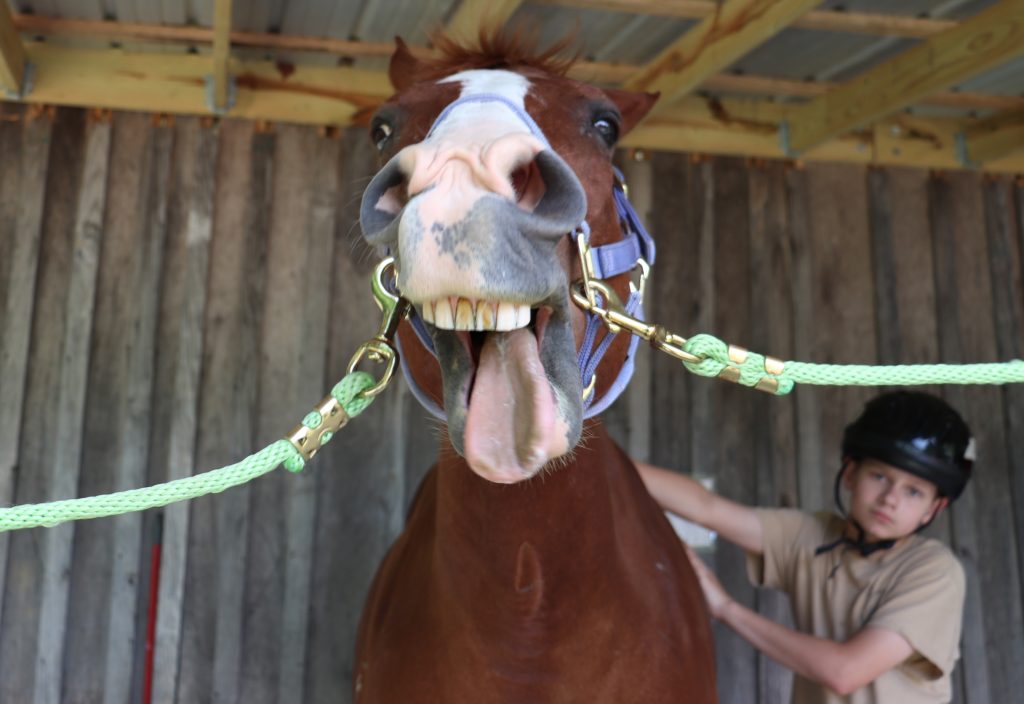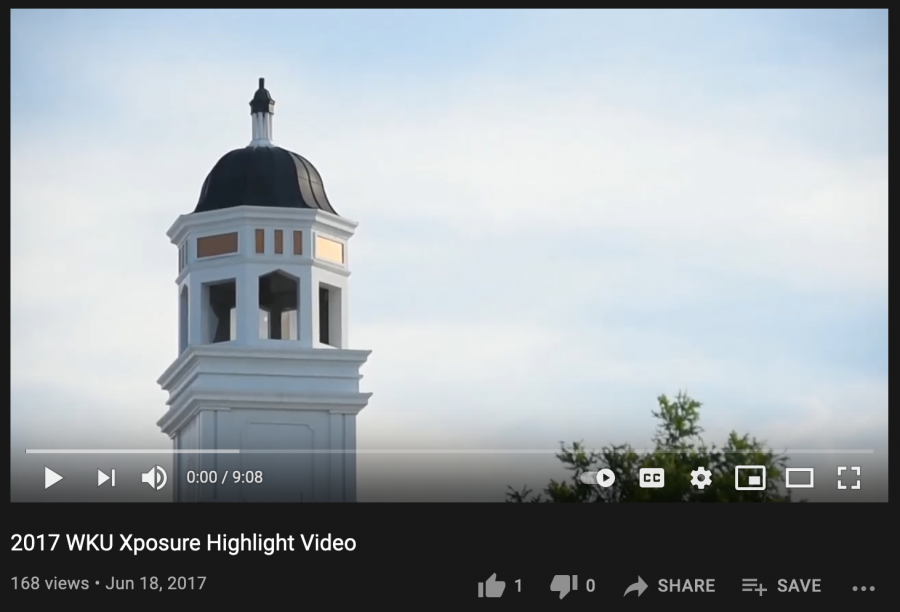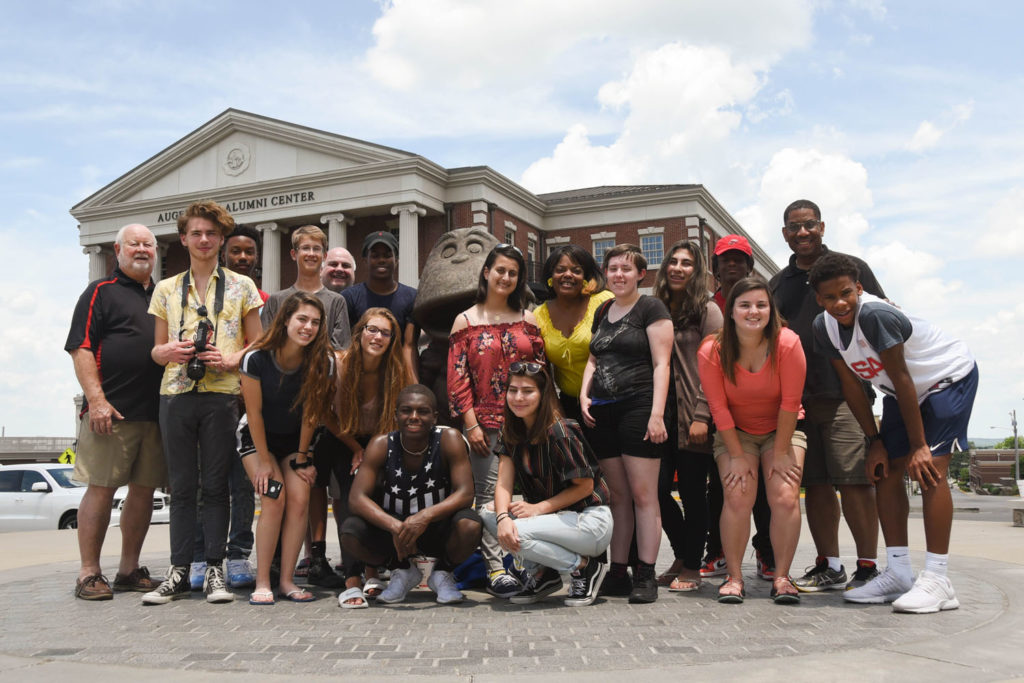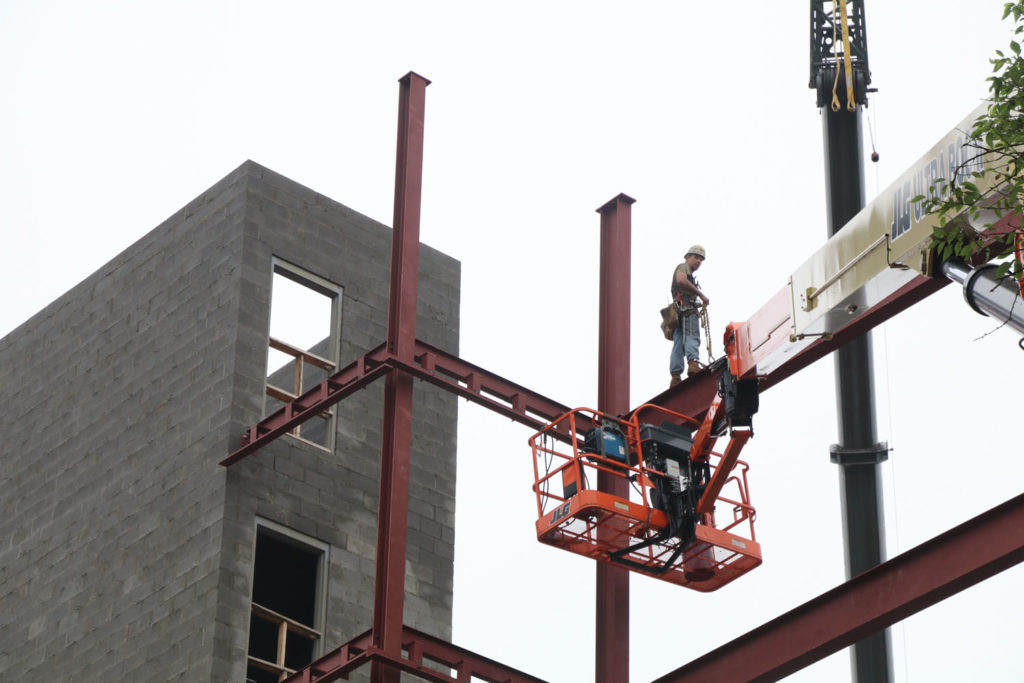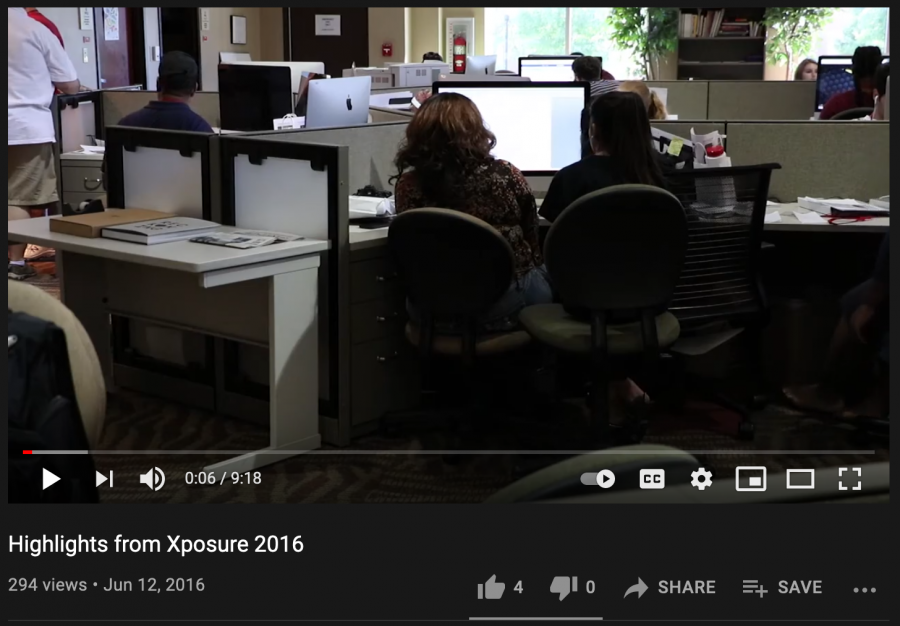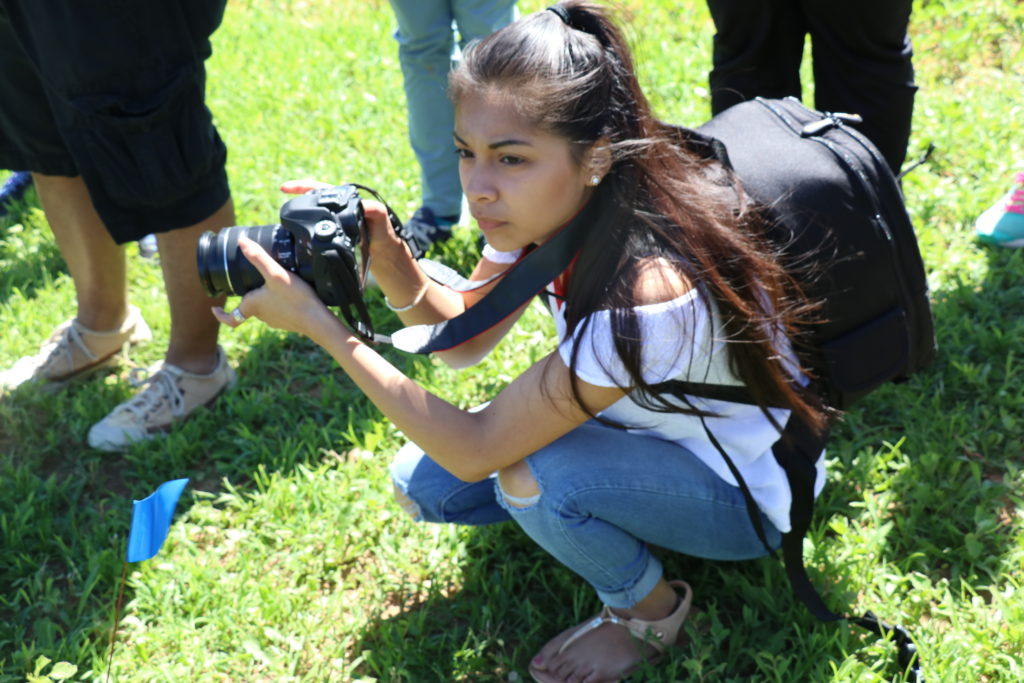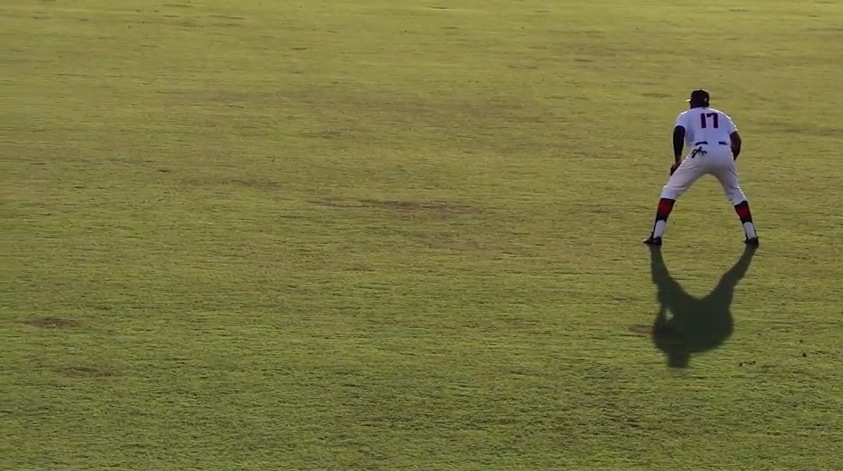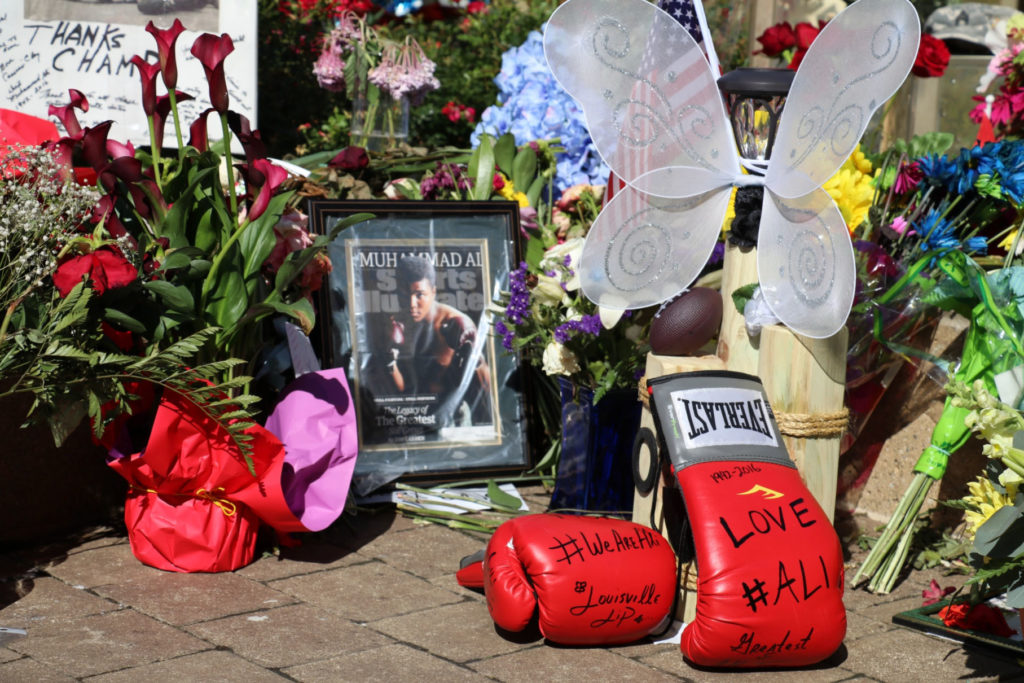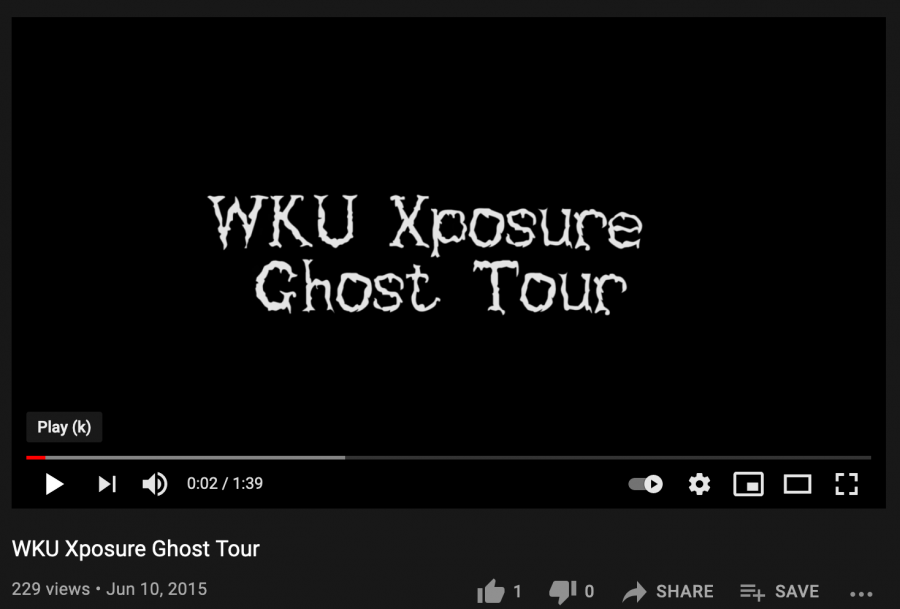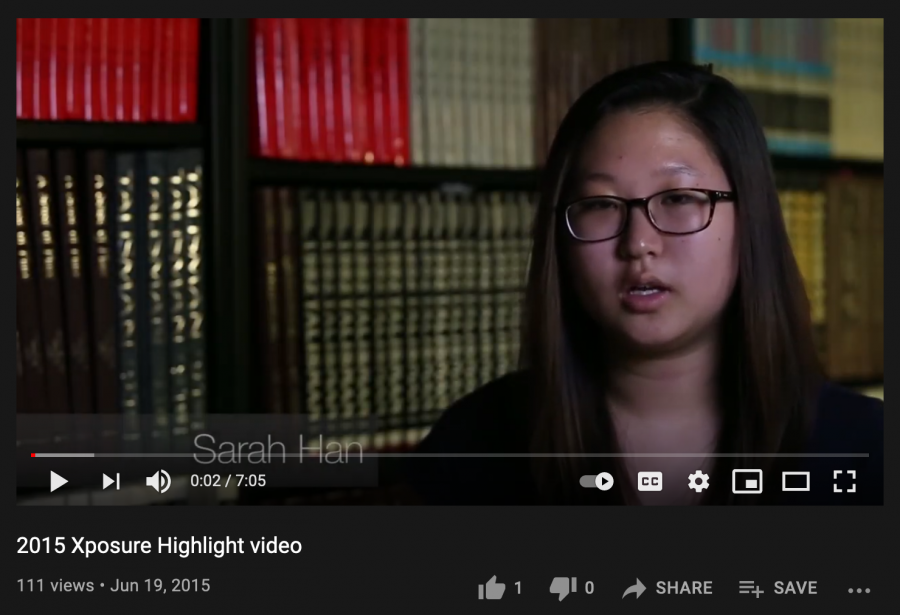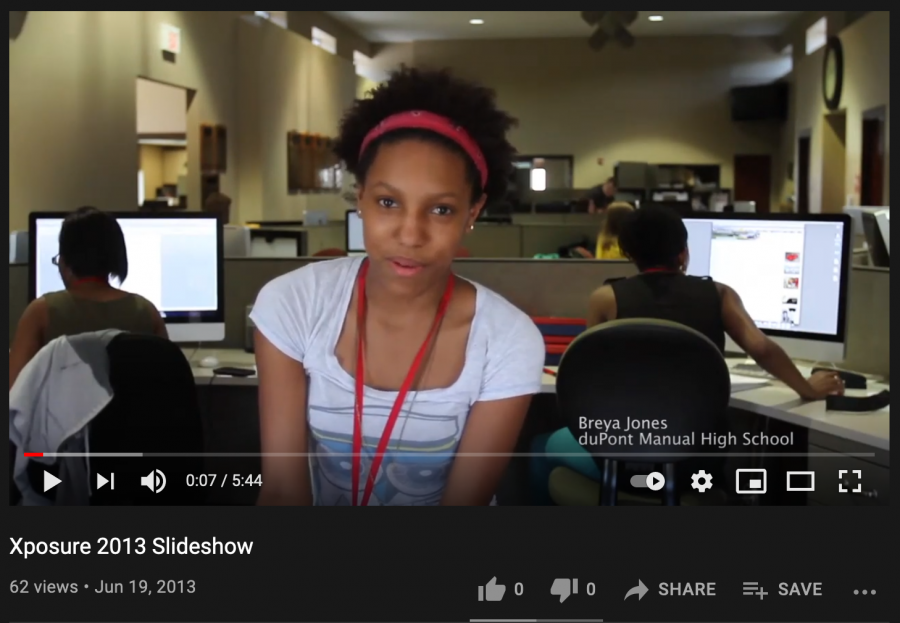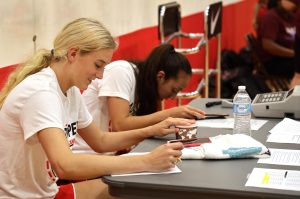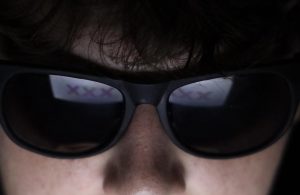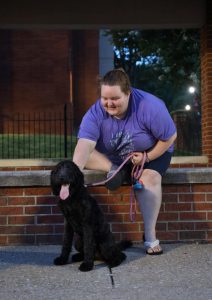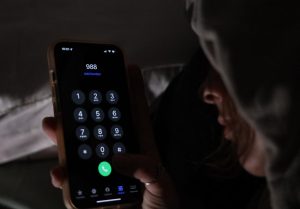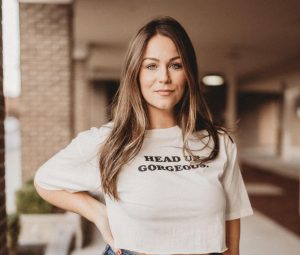Workshoppers see media evolution
By Preston Romanov
Trinity High School
Inside Louisville TV station WDRB’s control room, WKU Xposure journalism students stood at full attention with their eyes and ears focused on the action around them.
It was one of the places the 11 students journeyed to in Louisville, Kentucky June 12 to live the day in the life of journalists.
From newsprint to radio and digital to broadcast, the students learned how news organizations are finding new ways to disperse their stories to the public.
While at WDRB, the students got an up close look at a live newscast and saw the behind the scenes action.
In what could only be described as controlled chaos, the students listened as the director gave commands to camera operators. The technical director pushed buttons and the producer sat on the back row making sure the show went smoothly.
“It was awesome,” said Kennedy Gayheart, an Xposure student from Dunbar High School in Lexington.
“It was very eye-opening to see what it actually looks like, and to see what goes on behind the scenes that you don’t think about, checking out all the TV screens and what they were doing.
I was mesmerized and impressed by how smoothly it was going.”
Throughout the field trip, the students received advice and tips from professionals, including several Western Kentucky University alumni.
They stressed to the students the importance of good writing, interning in all areas of media, and staying engaged on social media.
“It was very informative and nice to see the inside of all these different news agencies for the first time,” said Sydney Madry, a workshop student who attends Male High School in Louisville.
At InsiderLouisville.com, students heard from WKU alum Darla Carter, a health writer for the non-profit online news site.
She talked to the students about her job and said, “The writers really feel a sense of ownership and are very grateful to work here.”
InsiderLouisville editor Mickey Meece, who worked at the New York Times for 13 years, told the students the non-profit news site receives its funding from sponsored content, grants, corporate companies and monthly programs, including a monthly coffee where members of the public can sit in on news staff meetings.
Carter said it was “very unusual” to go into a budget meeting and the members of the public just sitting there and wanting to know what stories reporters were writing.
Meanwhile, during the students’ visit to the Courier Journal, Rachel Aretakis, senior digital producer, showed the students what their focus on digital looked like through a popular analytics program called Chartbeat.
“Chartbeat allows us to see if a feature that did well or spiked up… we will look into it and give the topic more coverage.”
The Xposure students saw large TV displays posted in the Courier Journal newsroom that showed graphs and data that reported the number of readers online; as well as which headlines trended the most.
“We’re not really print anymore,” said Mike Trautmann, news director and director of investigations for the Courier Journal. “We now have digital producers and when we plan a big project, we focus on how are we going to produce and present this digitally.”
Courier editor-in-chief Richard A. Green reiterated that fact via speakerphone.
“Right now, we are focused on the digital responsibilities and the accounted strategy to elevate the caliber of leadership and coaching in the newsroom,” he said.
Green admitted it’s never been tougher to be a journalist, but said it’s never been more important to be a journalist.
At Louisville Public Media, students learned first-hand about the impact a single journalist can make.
Caitlin McGlade, a reporter for Kentucky Center for Investigative Reporting told the students about a story she wrote involving a woman from Iran battling a mysterious brain illness.
Due to President Donald Trump’s travel ban, the woman was not allowed to come to the U.S. to seek an experimental treatment, McGlade said.
“(Her son) had this city guy in Louisville that could still (do) experimental (treatments). We didn’t really know what would happen.”
Since the treatment was experimental, no one knew for sure if it would work, but they were willing to take the risk.
However, the travel ban made it impossible.
“I wrote a story about it. Within five hours, the Embassy released her (to travel) and now she is a new person. That’s the kind of impact on journalism today,” McGlade said.
It was at WDRB that assistant news director Jennifer Keeney imparted final words of advice to the high school students.
“No matter what you do, writing is at the heart of it,” she said. “That’s what you have to concentrate on first is good writing.”


